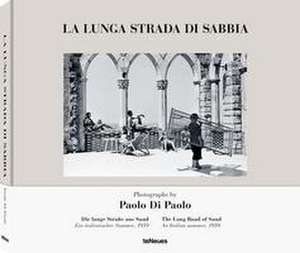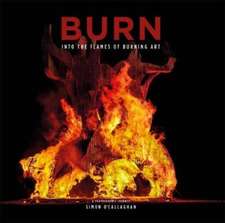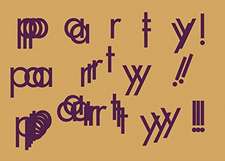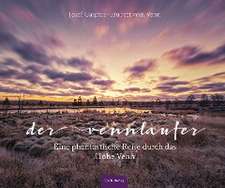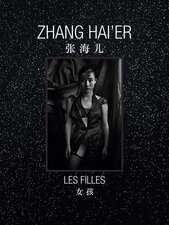la lunga strada di sabbia
Autor Silvia Di Paolode Limba Germană Hardback – 2 oct 2023
Preț: 386.63 lei
Preț vechi: 420.25 lei
-8% Nou
Puncte Express: 580
Preț estimativ în valută:
73.98€ • 79.11$ • 61.68£
73.98€ • 79.11$ • 61.68£
Carte disponibilă
Livrare economică 27 martie-10 aprilie
Livrare express 13-19 martie pentru 95.89 lei
Preluare comenzi: 021 569.72.76
Specificații
ISBN-13: 9783961714889
ISBN-10: 3961714886
Pagini: 272
Ilustrații: ca. 200 Schwarz/Weißfotografien
Dimensiuni: 274 x 319 x 30 mm
Greutate: 2.0099999999999998 kg
Editura: teNeues Verlag GmbH
ISBN-10: 3961714886
Pagini: 272
Ilustrații: ca. 200 Schwarz/Weißfotografien
Dimensiuni: 274 x 319 x 30 mm
Greutate: 2.0099999999999998 kg
Editura: teNeues Verlag GmbH
Notă biografică
Pier Paolo Pasolini born on March 5, 1922 in Bologna (Italy), son of Carlo Alberto Pasolini, an infantry lieutenant, and Susanna Colussi, a primary school teacher from Casarsa. During his childhood and adolescence he constantly moves with his family to various cities in Northern Italy, due to his father's career. He spends the summer holidays at his maternal home in Friuli and settles there during the Second World War. During his stay in Friuli, Pasolini's cultural commitment sticks to the discovery of the maternal idiom as the language of poetry. In 1942 his first collection of verses in the Friulian language was released under the name Poems in Casarsa. Alongside the practice of verse, he increases his writing in prose and continues the exercise of painting. In 1950 Pasolini was forced to leave Friuli, where he works as a teacher, and shelters in Rome with his mother. The Roman years marks his commitment in many areas. In 1954 he published the volume of poems La meglio gioventù and in 1955 the novel Ragazzi di vita. The collections of poems Gramsci's Ashes and The Nithingale of the Catholic Church will follow. In cinematography he first begins collaborating with Fellini and Bolognini and in 1961 he debuts as a director with the film Accattone. In the '60 and '70 he undertakes numerous trips abroad. He is engaged in writing theatrical scripts. Since 1973 he collaborates with the Corriere della Sera where he publishes many articles, then collected in the volumes Corsair Writings (1975) and Lutheran Letters (published after death in 1976), where he addresses Italian burning issues. In the night between November 1st and 2nd, 1975 Pasolini was murdered near Ostia's seaplane base. Born on May 17, 1925 in Larino (Molise), Paolo Di Paolo moves to Rome immediately after the war and enrolls a course of History and Philosophy at La Sapienza University. He becomes close to the Roman art scene, in particular with the Forma 1 artists, developing his interest in the figurative arts through the photographic medium. His debut as a photographer takes place as an amateur, meaning "photographing for pleasure". In 1954 his first photo is published in the cultural weekly Il Mondo directed by Mario Pannunzio, in which, until the newspaper closes in 1966, Di Paolo is the most published photographer. Between 1954 and 1956 he collaborates with La Settimana Incom Illustrata and in the same period he begins a long-term partnership with the weekly Tempo, which lasts until its closure. Numerous reportages are signed with the most successful journalists of the time. As an Envoy, he travels to the Soviet Union, Iran, Japan, the United States, as well as across Europe. Thanks to the friendships established in the cinema and the art world, he creates private and exclusive photos of the greatest intellectuals, artists, actors, and directors of the time; he's mostly focused on documenting the society and people, reporting the changes from post-war to the "economic boom". He concludes his photographic career in tandem with Irene Brin, a well-known costume journalist, focusing on fashion assignments and jet-set reportages. With the advent of television and the paparazzi, the closure of many newspapers and the gossip-oriented press, in 1968 Paolo Di Paolo decides to stop taking photographs and to devote himself to studies, curating as historian and graphic designer editions for the Arma di Carabinieri Corps.
